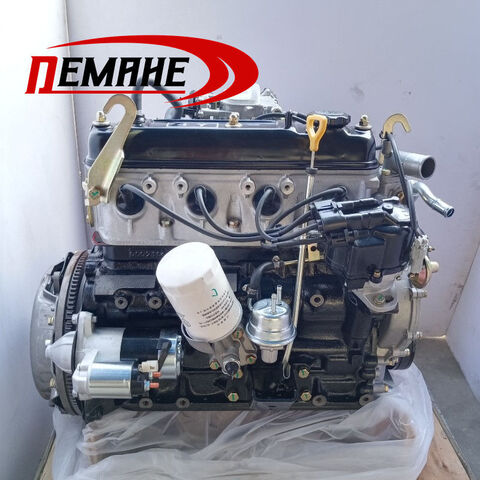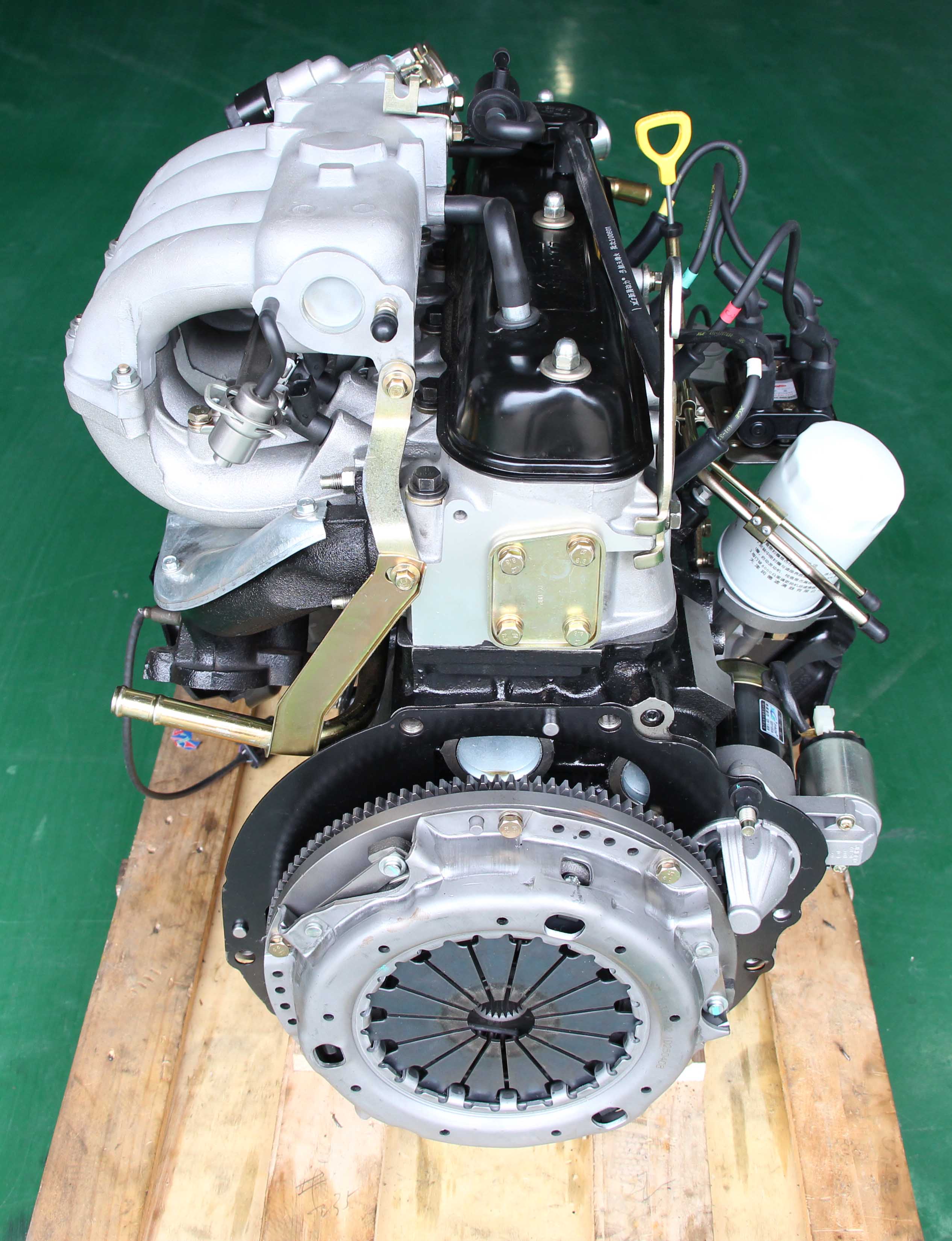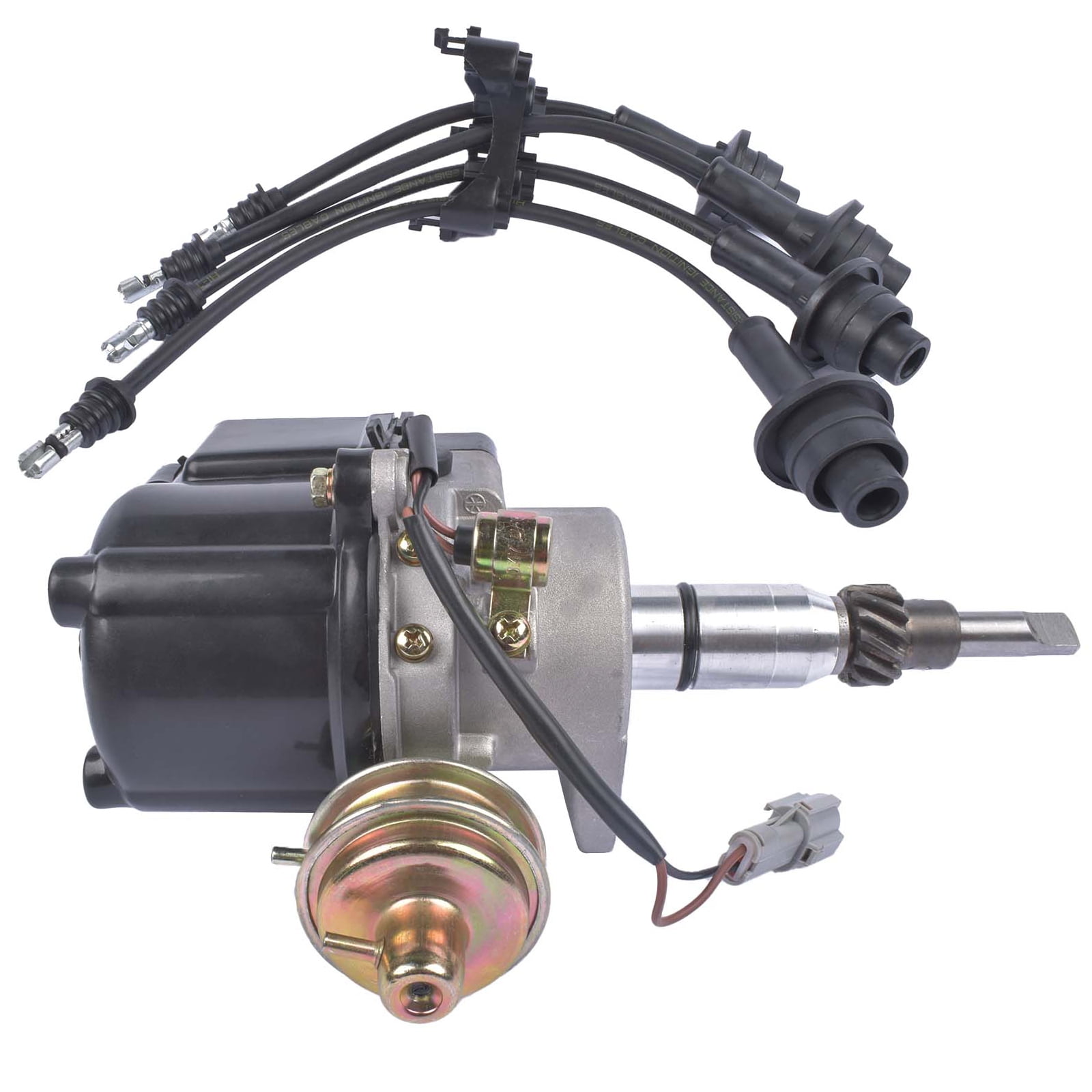Exploring the Benefits of the 4Y Engine for Automotive Enthusiasts
Wiki Article
Why the Engine Is the most effective Selection for Performance and Performance in Your Vehicle
The engine stays a pivotal part in vehicle style, mostly due to its significant influence on both efficiency and performance. As advancements in technology make it possible for smaller sized engines to supply amazing power while maximizing fuel economic climate, the combination of features such as turbocharging and crossbreed systems becomes increasingly crucial.Understanding Engine Types
Comprehending the different kinds of engines is crucial for optimizing efficiency and effectiveness in automotive layout. The key engine kinds include internal combustion engines (ICE), electrical engines, and hybrid systems, each offering distinctive benefits and constraints.Internal combustion engines, which can be further classified into gasoline and diesel variations, depend on the combustion of fuel to create power. Gas engines normally offer higher RPMs and much better velocity, while diesel engines are understood for their torque and fuel efficiency, making them perfect for heavy-duty applications.
Electric engines, on the other hand, use electric motors powered by batteries or gas cells. They supply rapid torque delivery, causing smooth acceleration and lower exhausts. The effectiveness of electrical engines is dramatically greater than that of ICEs, making them a preferred choice for eco-conscious consumers.
Crossbreed systems integrate both internal combustion and electric engines, leveraging the staminas of both innovations. They enhance gas consumption by utilizing electrical power at reduced rates and changing to fuel or diesel for higher speeds or much heavier loads.
Selecting the best engine type is important for attaining desired efficiency metrics and environmental sustainability in modern auto design.
The Influence of Engine Dimension
Engine dimension often plays a crucial function in figuring out a vehicle's performance and performance. Normally determined in liters or cubic centimeters, engine dimension straight influences the power outcome and torque qualities of a vehicle.However, increased engine size typically correlates with lessened gas efficiency. Smaller sized engines can deliver appropriate efficiency for everyday driving while advertising far better effectiveness, making them a prominent choice in compact and mid-size automobiles.
In addition, advancements in engine design, such as turbocharging and straight gas shot, enable smaller engines to achieve power levels similar to their bigger counterparts. This trend stresses the importance of not exclusively concentrating on engine dimension but likewise taking into consideration overall car layout and modern technology (4y engine). Ultimately, the effect of engine dimension on performance and efficiency emphasizes the need for consumers to analyze their particular driving preferences and needs when choosing an automobile
Advanced Engine Technologies
Technologies in engine modern technologies have actually dramatically reshaped the landscape of automotive efficiency and effectiveness, building upon the fundamental principles established by engine dimension. Significantly, innovations such as turbocharging and direct gas shot have allowed smaller engines to supply power degrees previously connected with larger counterparts. Turbochargers compress air getting in the engine, enabling increased power output without a corresponding boost in engine size, while straight injection enhances fuel distribution, enhancing combustion efficiency.
In addition, variable shutoff timing systems have arised as an essential innovation, allowing engines to adjust shutoff operation based upon driving conditions. This flexibility enhances both performance throughout acceleration and gas efficiency throughout cruising. Hybrid and electric engine modern technologies further highlight the shift in auto style, incorporating standard interior combustion engines with electric motors to optimize efficiency check this site out while reducing discharges.
In addition, innovations in materials scientific research have actually resulted in lighter, a lot more durable engine components, additionally boosting efficiency and long life. The integration of innovative electronics and engine control devices likewise enables real-time modifications, making certain optimal performance across numerous conditions. Collectively, these sophisticated engine innovations not just boost vehicle efficiency but likewise add to a much more sustainable automobile future, demonstrating the ongoing evolution of engine style.
Balancing Power and Efficiency
Striking an equilibrium between power and effectiveness is essential in modern automobile style as makers look for to fulfill increasingly rigorous discharges laws while pleasing customer demand for efficiency (4y engine). The obstacle hinges on optimizing engine qualities to supply robust power output without sacrificing fuel economic situationTo accomplish this balance, designers employ numerous techniques, such as turbocharging, which improves engine power by requiring in even more air, enabling a smaller sized engine variation that improves fuel performance. Variable shutoff timing technologies likewise play a significant role, allowing engines to readjust their performance features based on driving conditions, thereby boosting both power and efficiency.
In addition, improvements in materials and manufacturing strategies have actually caused lighter engine elements, which minimize overall automobile weight and improve fuel efficiency without compromising power. Hybrid technologies have actually additionally become a viable solution, incorporating standard internal combustion engines with electrical powertrains to provide an increase in efficiency while keeping lower discharges.

Future Trends in Engine Design

In addition, the advancement of sophisticated products, such as light-weight compounds and high-strength alloys, is readied to revolutionize engine parts. These products not only minimize weight but also boost thermal effectiveness, consequently enhancing efficiency. Additionally, manufacturers are discovering variable compression proportions, allowing engines to adjust to various driving conditions, enhancing both power outcome and fuel economic climate.
Further, the rise of expert system and equipment learning in engine style is allowing predictive maintenance and real-time performance optimization. This technology can lead to engines that self-adjust for maximum effectiveness based upon driving patterns.

Conclusion
To conclude, the engine serves as a crucial element in achieving optimum efficiency and efficiency in modern-day vehicles. Advanced technologies, such as turbocharging and hybrid systems, enhance power output while decreasing fuel intake and discharges. The interaction between engine size and design proceeds to evolve, driving innovations that stabilize exhilarating efficiency with ecological sustainability. As automobile design advances, the concentrate on developing reliable, powerful engines will continue to be extremely important in forming the future of transportation.Additionally, innovations in engine style, such as turbocharging and straight fuel injection, enable smaller sized engines to achieve power degrees equivalent to their larger equivalents.Innovations in engine technologies have actually substantially reshaped the landscape of automotive efficiency and effectiveness, structure upon the foundational concepts established by engine size. Turbochargers press air getting in the engine, permitting for boosted power result without a matching increase in engine dimension, while direct injection optimizes gas shipment, enhancing combustion effectiveness.
Hybrid and electric engine look at this site innovations better highlight the shift in vehicle style, integrating conventional interior combustion engines with electrical motors to take full advantage of performance while lowering discharges.
Collectively, these sophisticated engine technologies not only enhance automobile performance yet likewise contribute to a more lasting auto future, showing the recurring development of engine layout. (4y engine)
Report this wiki page